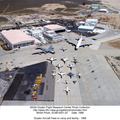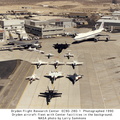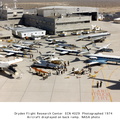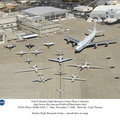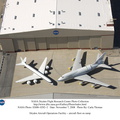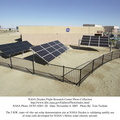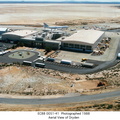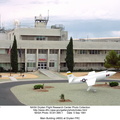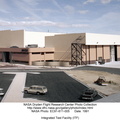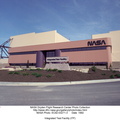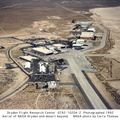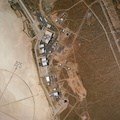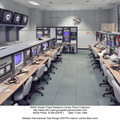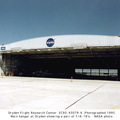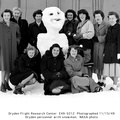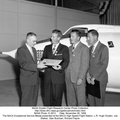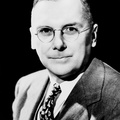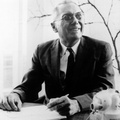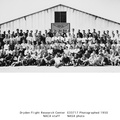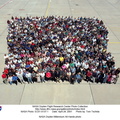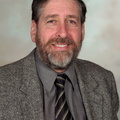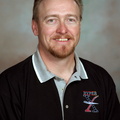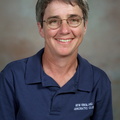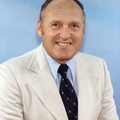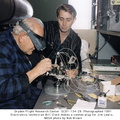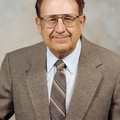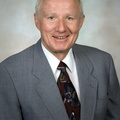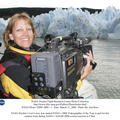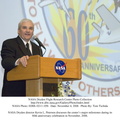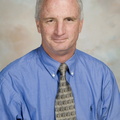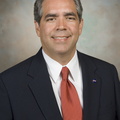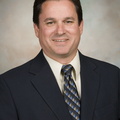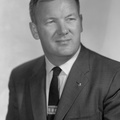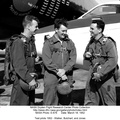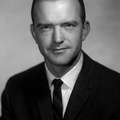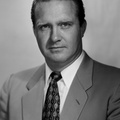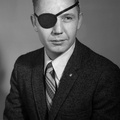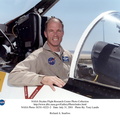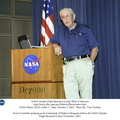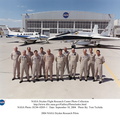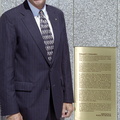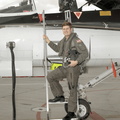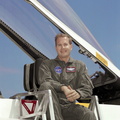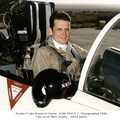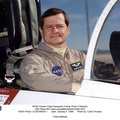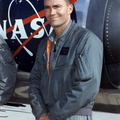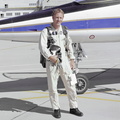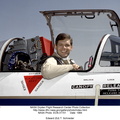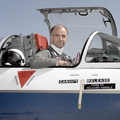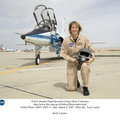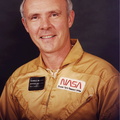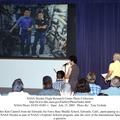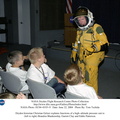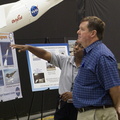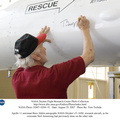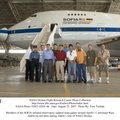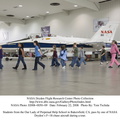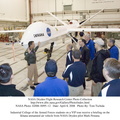![As a very young undergraduate Student at Johns Hopkins University Hugh L. Dryden proved himself especially gifted in physics and mathematics and began advanced study with Professor Joseph Ames, an important figure on campus. Ames not only headed the Physics Department but also eventually became President of Johns Hopkins. More important to Dryden’s development, his professor would one day chair the National Advisory Committee for Aeronautics (NACA), an institution at the vanguard of aircraft research. In Dryden, Ames had discovered a star pupil, whom he called, “the brightest young man [I] ever had, without exception.” He took his Bachelor’s degree with honors in three years and in 1918 completed a Masters thesis entitled “Airplanes: An Introduction to the Physical Principles Embodied in their Use.” Ames had introduced Dryden to a subject that would occupy the rest of his life.
Certain of Ames’ encouragement and assistance, Dryden decided to work toward his doctorate. In the spring of 1919, he received the Ph.D. degree in applied physics, at 20 the youngest person ever to earn a Johns Hopkins University doctorate. His dissertation, titled “Air Forces on Circular Cylinders,” described the scale effects of air flowing around columns perpendicular to the wind and launched him in the rising field of aerodynamics.
Dryden’s scientific standing rested largely on the theoretical insights, the experiments, and the publications dating from his first six years in his position as Chief of the Aerodynamics Section at the National Bureau of Standards. Later in 1949 he became director of the National Advisory Committee for Aeronautics (NACA) and then deputy administrator of the NACA’s successor, NASA, in 1958. Very much interested in flight research, he had been responsible for establishing a permanent facility at the location later named in his honor, the NASA Hugh L. Dryden Flight Research Center, Edwards, California. E-29389.jpg](i.php?/upload/2024/02/05/20240205001635-ef71009e-me.jpg)
WIKIARCHIVES.SPACE
The Human Spaceflight Archive
![As a very young undergraduate Student at Johns Hopkins University Hugh L. Dryden proved himself especially gifted in physics and mathematics and began advanced study with Professor Joseph Ames, an important figure on campus. Ames not only headed the Physics Department but also eventually became President of Johns Hopkins. More important to Dryden’s development, his professor would one day chair the National Advisory Committee for Aeronautics (NACA), an institution at the vanguard of aircraft research. In Dryden, Ames had discovered a star pupil, whom he called, “the brightest young man [I] ever had, without exception.” He took his Bachelor’s degree with honors in three years and in 1918 completed a Masters thesis entitled “Airplanes: An Introduction to the Physical Principles Embodied in their Use.” Ames had introduced Dryden to a subject that would occupy the rest of his life.
Certain of Ames’ encouragement and assistance, Dryden decided to work toward his doctorate. In the spring of 1919, he received the Ph.D. degree in applied physics, at 20 the youngest person ever to earn a Johns Hopkins University doctorate. His dissertation, titled “Air Forces on Circular Cylinders,” described the scale effects of air flowing around columns perpendicular to the wind and launched him in the rising field of aerodynamics.
Dryden’s scientific standing rested largely on the theoretical insights, the experiments, and the publications dating from his first six years in his position as Chief of the Aerodynamics Section at the National Bureau of Standards. Later in 1949 he became director of the National Advisory Committee for Aeronautics (NACA) and then deputy administrator of the NACA’s successor, NASA, in 1958. Very much interested in flight research, he had been responsible for establishing a permanent facility at the location later named in his honor, the NASA Hugh L. Dryden Flight Research Center, Edwards, California. E-29389.jpg](i.php?/upload/2024/02/05/20240205001635-ef71009e-me.jpg)
As a very young undergraduate Student at Johns Hopkins University Hugh L. Dryden proved himself especially gifted in physics and mathematics and began advanced study with Professor Joseph Ames, an important figure on campus. Ames not only headed the Physics Department but also eventually became President of Johns Hopkins. More important to Dryden’s development, his professor would one day chair the National Advisory Committee for Aeronautics (NACA), an institution at the vanguard of aircraft research. In Dryden, Ames had discovered a star pupil, whom he called, “the brightest young man [I] ever had, without exception.” He took his Bachelor’s degree with honors in three years and in 1918 completed a Masters thesis entitled “Airplanes: An Introduction to the Physical Principles Embodied in their Use.” Ames had introduced Dryden to a subject that would occupy the rest of his life.
Information
- Taken in
- Edwards Air Force Base
- Автор
- NASA
- Опис
-
As a very young undergraduate Student at Johns Hopkins University Hugh L. Dryden proved himself especially gifted in physics and mathematics and began advanced study with Professor Joseph Ames, an important figure on campus. Ames not only headed the Physics Department but also eventually became President of Johns Hopkins. More important to Dryden’s development, his professor would one day chair the National Advisory Committee for Aeronautics (NACA), an institution at the vanguard of aircraft research. In Dryden, Ames had discovered a star pupil, whom he called, “the brightest young man [I] ever had, without exception.” He took his Bachelor’s degree with honors in three years and in 1918 completed a Masters thesis entitled “Airplanes: An Introduction to the Physical Principles Embodied in their Use.” Ames had introduced Dryden to a subject that would occupy the rest of his life.
Certain of Ames’ encouragement and assistance, Dryden decided to work toward his doctorate. In the spring of 1919, he received the Ph.D. degree in applied physics, at 20 the youngest person ever to earn a Johns Hopkins University doctorate. His dissertation, titled “Air Forces on Circular Cylinders,” described the scale effects of air flowing around columns perpendicular to the wind and launched him in the rising field of aerodynamics.
Dryden’s scientific standing rested largely on the theoretical insights, the experiments, and the publications dating from his first six years in his position as Chief of the Aerodynamics Section at the National Bureau of Standards. Later in 1949 he became director of the National Advisory Committee for Aeronautics (NACA) and then deputy administrator of the NACA’s successor, NASA, in 1958. Very much interested in flight research, he had been responsible for establishing a permanent facility at the location later named in his honor, the NASA Hugh L. Dryden Flight Research Center, Edwards, California.
- Дата зйомки
- Четвер 5 Лютий 1976
- Альбоми
- US SPACE PROGRAM / FACILITIES / DRYDEN/ARMSTRONG CENTER
- Source link
- https://www.dfrc.nasa.gov/Gallery/Photo/People/index.html
- Відвідувань
- 26
- Рейтинговий бал
- не оцінено
- Оцінити цю фотографію
- License
- Public Domain
- Modified by WikiArchives
- No (original)
- Завантаження
- 2
Підтримка Piwigo

